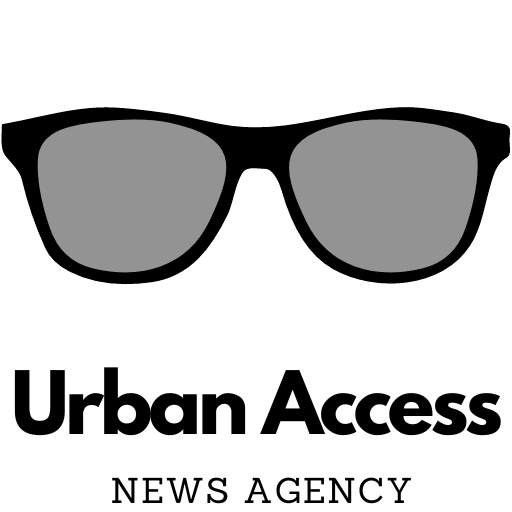What Is Unauthorized Construction?
Any structure or alteration that deviates from accepted norms is considered unauthorized construction. This might entail construction without the required municipal permits, going above the allowed building heights or areas, infringing on public property, or disregarding environmental and safety regulations. These kinds of constructions frequently appear in growing metropolitan areas, informal settlements, or places with little regulatory oversight. Many infractions are intentional attempts to save costs or expedite construction, while some are the consequence of ignorance. Whatever the motivation, the repercussions are severe and extensive.
Risks to Human Security
The risk that illegal building offers to its tenants and neighboring communities is among its most urgent hazards. Buildings built without proper design or in violation of safety regulations are more likely to collapse, have structural flaws, catch fire, and have other mishaps. Even one building fall can result in a large number of deaths in highly populated regions. Disasters are made even more devastating by the fact that these buildings frequently lack fire safety devices, emergency exits, and sufficient access for rescue efforts.
Effects on Infrastructure and Urban Planning
The orderly growth of cities is threatened by unauthorized building. To guarantee functionality and efficiency, urban planning depends on road layouts, zoning regulations, and infrastructure design. Unauthorized structures have the potential to obstruct traffic, invade public areas, and overwhelm electrical, water, and sewage infrastructure. Municipal officials find it challenging to deliver necessary services as a result of these problems, which lowers people’ quality of life and causes traffic jams and poor sanitation. Over time, the idea of a sustainable and well-planned community is thwarted by widespread unapproved building.
Effects on the Environment
The ecology is also harmed by unauthorized building. Numerous unauthorized buildings are constructed on environmentally delicate sites, such as green belts, marshes, and riverbanks. This may lead to plant loss, floods, soil erosion, and the ruin of animal habitats. Furthermore, these structures frequently disregard appropriate waste management, which contaminates and pollutes natural resources. Unauthorized construction-related environmental harm can have long-term consequences for the wellbeing of nearby populations and ecosystems.
Financial and Legal Consequences
Unauthorized building puts property owners at serious danger of legal action. Authorities have the power to demolish illegal buildings, impose fines, and initiate legal proceedings against violators. Beyond legal penalties, these properties often face difficulties in securing loans, insurance, or resale, leaving owners financially vulnerable. Municipalities also bear the burden of monitoring, regulating, and sometimes demolishing illegal structures, diverting public funds from other essential services.
Social Consequences
Unauthorized construction frequently affects vulnerable communities. Informal settlements often house economically disadvantaged populations who end up living in unsafe, overcrowded, and unsanitary conditions. On the other hand, illegal commercial developments can create unfair competition, destabilizing legitimate businesses. The resulting social tensions can weaken community cohesion and exacerbate inequalities, further impacting urban harmony.
Conclusion
The risks of unauthorized construction extend beyond individual property owners, affecting public safety, urban infrastructure, environmental sustainability, and social well-being. While circumventing regulations may seem convenient, the long-term consequences are severe. Governments, urban planners, and citizens must work together to enforce building regulations, raise awareness about safe construction practices, and promote responsible urban development. Addressing unauthorized construction is essential to creating safer, more sustainable, and resilient cities for the future.
